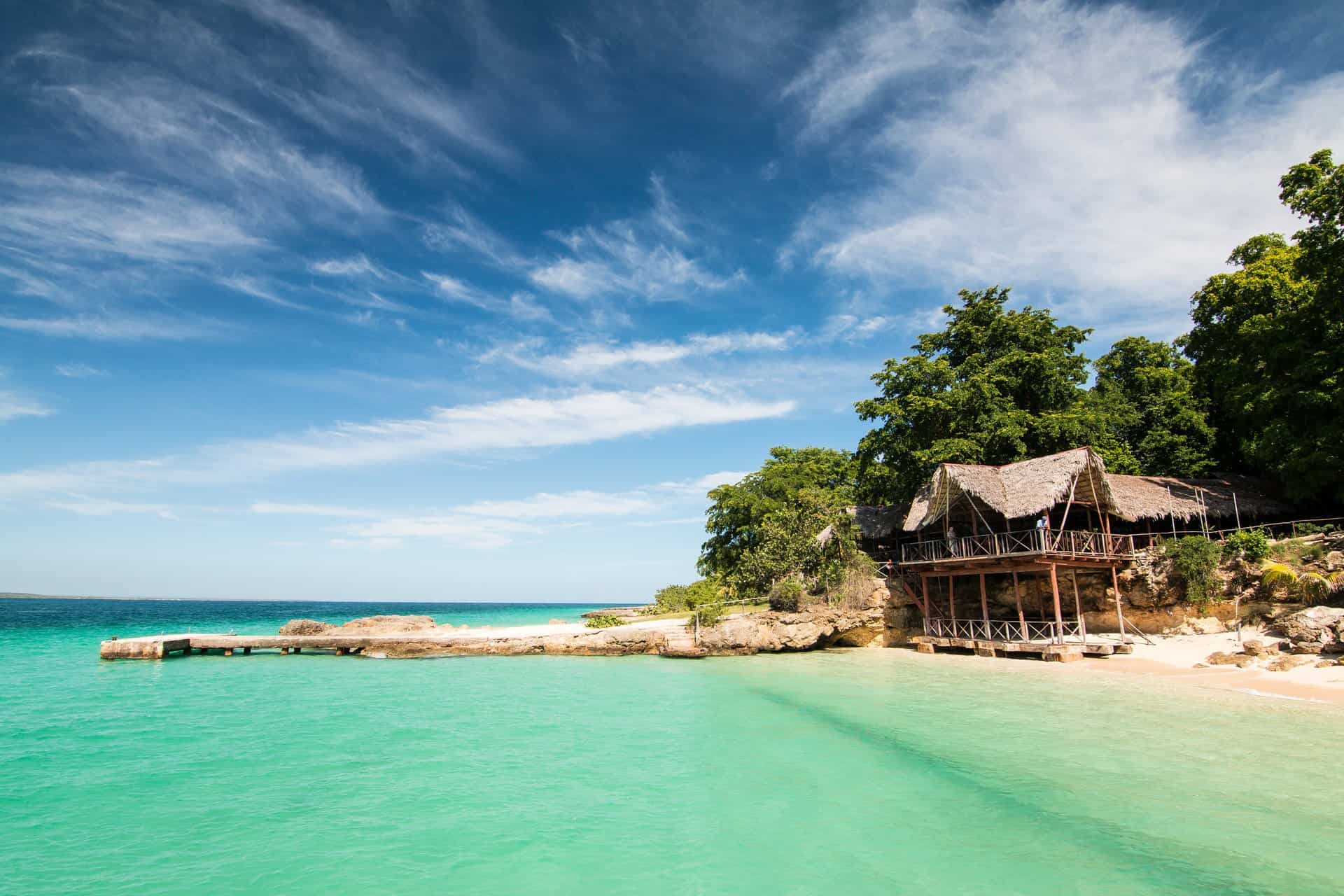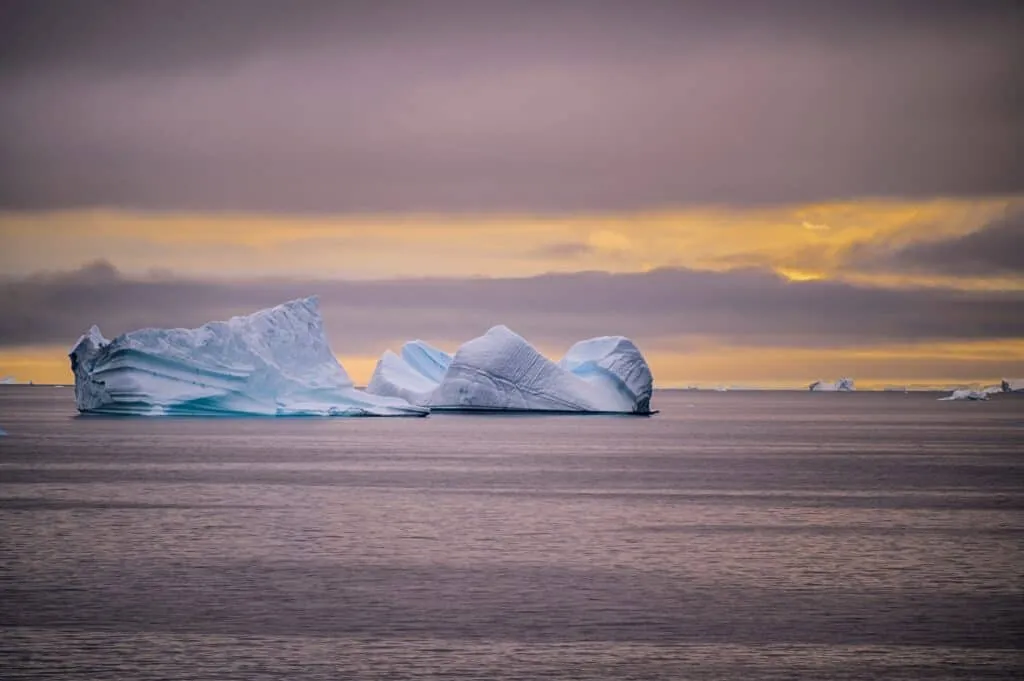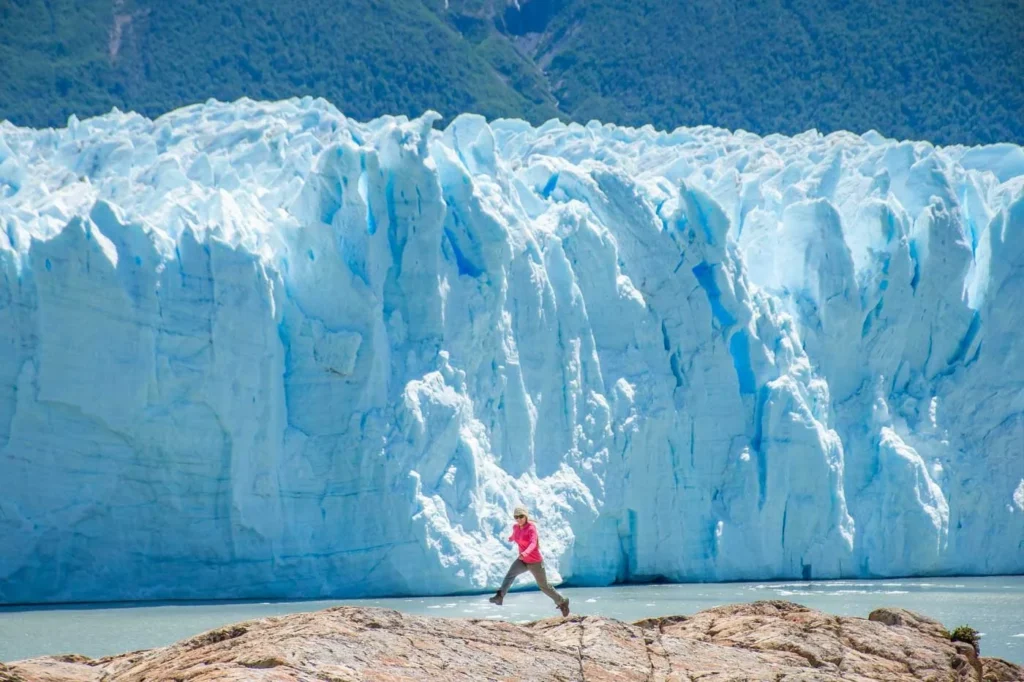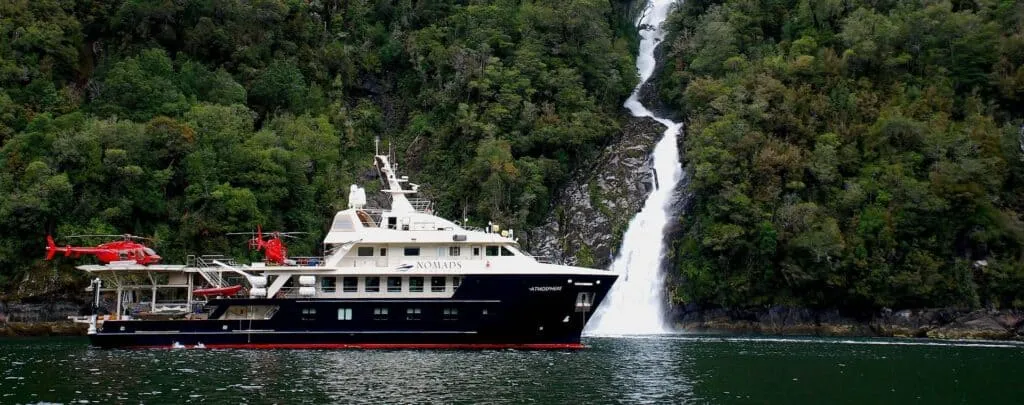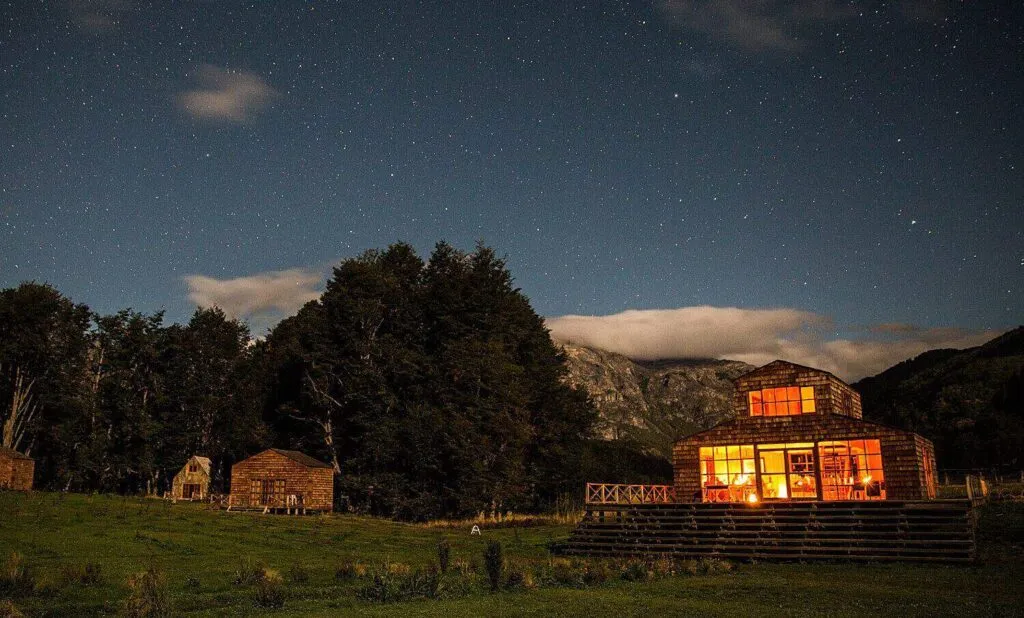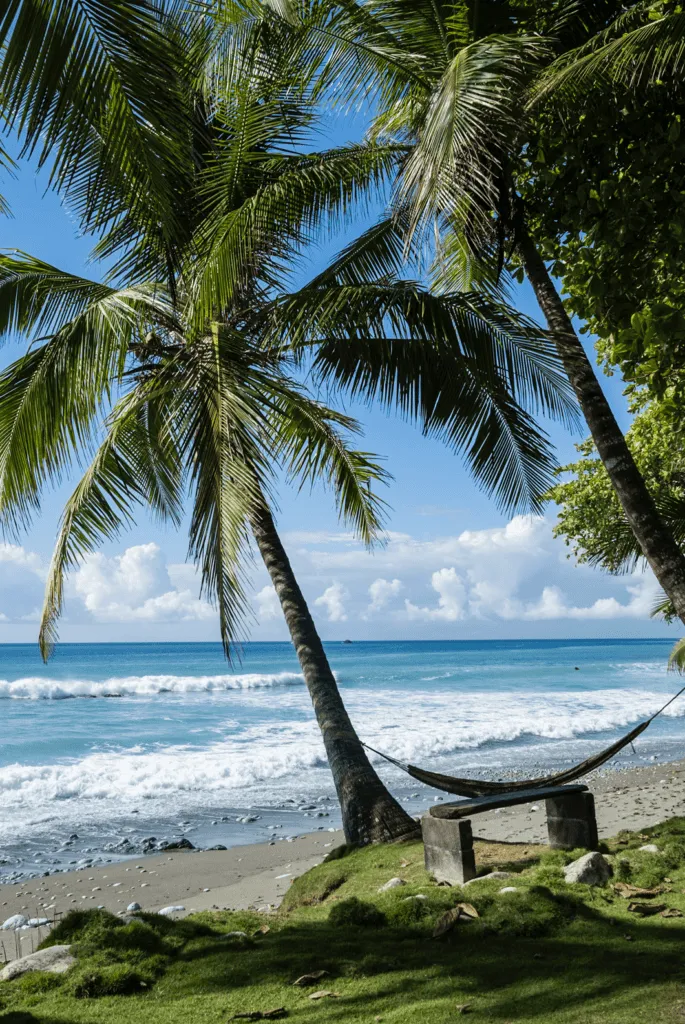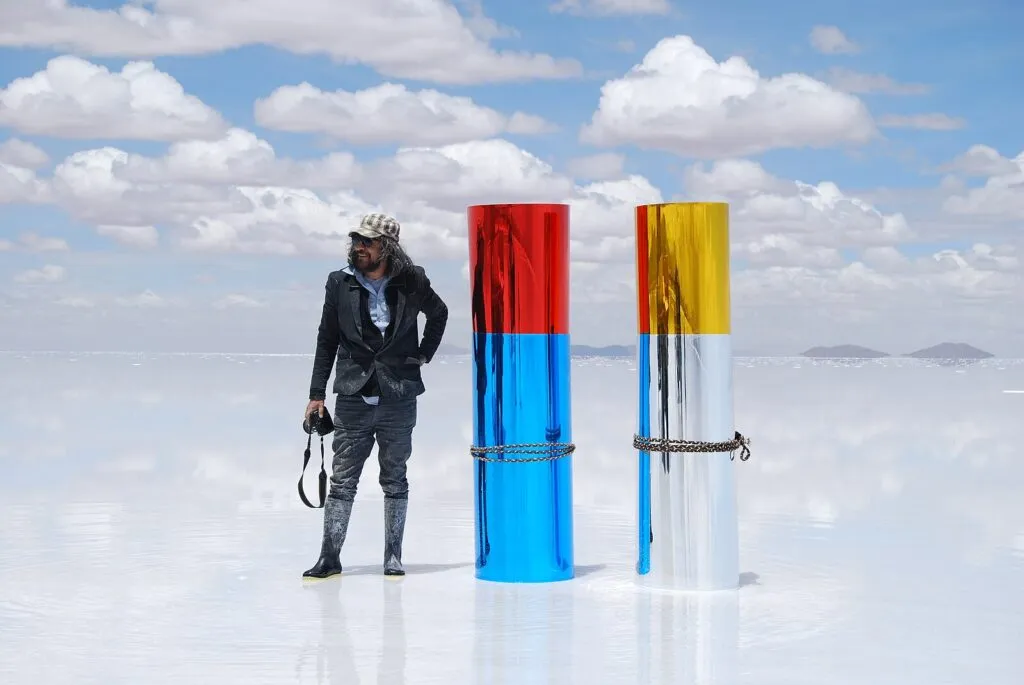
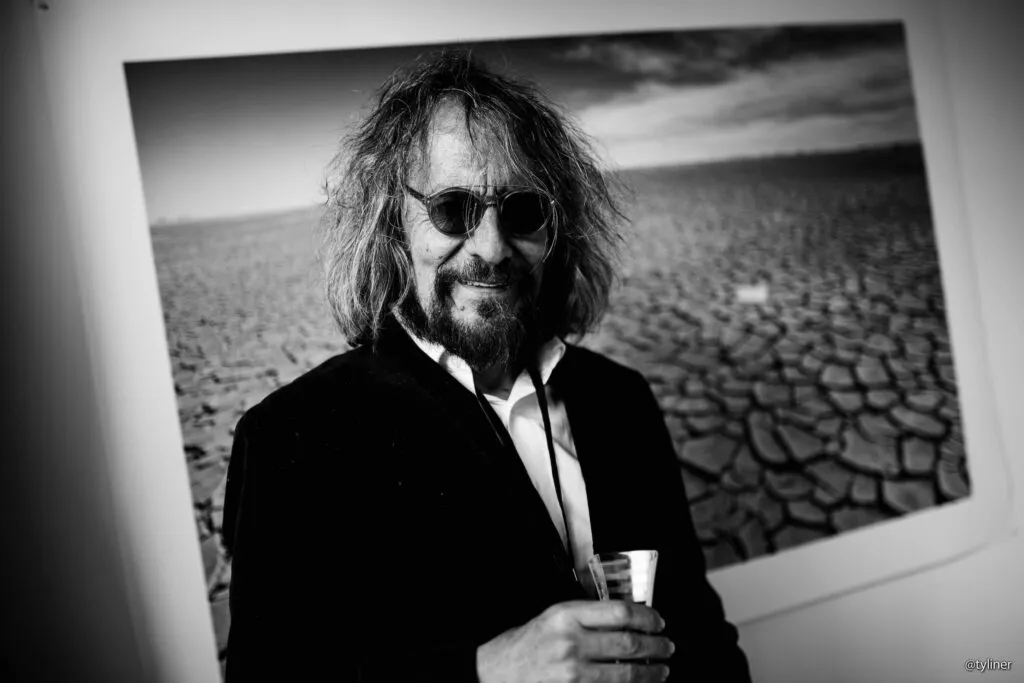
“One day I woke up and asked myself: where am I? And I realised I was living inside art. That happened about four or five years ago. Living art means you are truly free. You’re an artist. It’s a beautiful feeling.”
Gastón Ugalde was many things: provocateur, pioneer, poet of the Altiplano. He was named “the most important living Bolivian artist” by Argentina’s Konex Foundation, and dubbed the “Andean Warhol” by art critics. For many, he was the father of contemporary Bolivian art.
Yet during Ugalde’s life, his influence extended far beyond just the art world. He helped recast Bolivia in the eyes of the world – not as a marginal outpost, but as a crucible of cultural innovation. Today, through our partnership with the Gastón Ugalde Foundation, travellers to Bolivia can experience his legacy as he intended it: immersive journeys and cultural experiences shaped by the same irreverent, visionary spirit that defined his work.
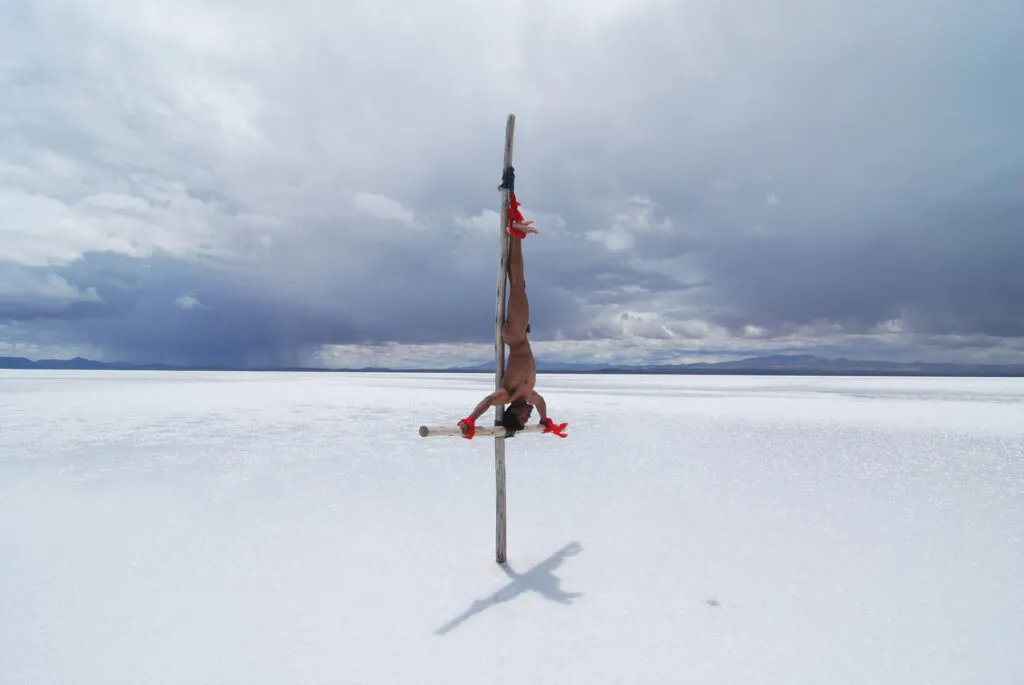
The Rebel of the Altiplano
Ugalde was a restless kind of genius. Over five decades, he created photographs, films, installations, land interventions and prints that defied easy classification – somewhere between satire and sanctity. He was neither figurative nor abstract; not quite conceptual either. His preferred term was “situations.”
His life and work were tightly intertwined. A self-styled hippie and natural adventurer, he rejected convention and hierarchy, pursuing not just art but a way of living freely. He was openly sceptical of institutions, hostile to orthodoxies, and frequently critical of what he saw as the co-opting of Indigenous identity for political gain.
He called out Bolivia’s political hypocrisies, and gained international notoriety with his controversial series of coca leaf paintings featuring Che Guevara, the Pope, Jesus, Fidel Castro – later given as presents to world leaders by Bolivian president Evo Morales.
In several of his situations, he introduced real people – not as bystanders, but as offerings. Naked, bound, positioned in ways that echoed both Catholic martyrdom and pre-Columbian sacrifice. In one, a man is tied feet-first to a wooden cross; in another, a figure lies curled on a glass slab, wrists and ankles bound. The question: who gets remembered, and how? Whose suffering is sacred? And whose image is being used, or misused, to tell the story of a nation?
Though internationally recognised, Ugalde remained tethered to his birthplace of Bolivia, and particularly to the Altiplano, which formed a constant thread throughout his work. “It’s impossible to ignore the daily realities of Bolivia’s socio-anthropological and political life,” he once said. “That’s what my work has captured for the last 25 years.”
And yet, despite the politics, there was a wild lyricism to him. He described himself not as an artist, but as an adventurer.
“What was I looking for? Nothing. Just the adventure. I’m an adventurer. The waterfalls I found on my walks? I didn’t seek them out – they just appeared. And you have to stay a few days, because you’re free. You’re not following an itinerary… That’s the beauty of being a hippie. You’re free. Hippies have always sought freedom…”
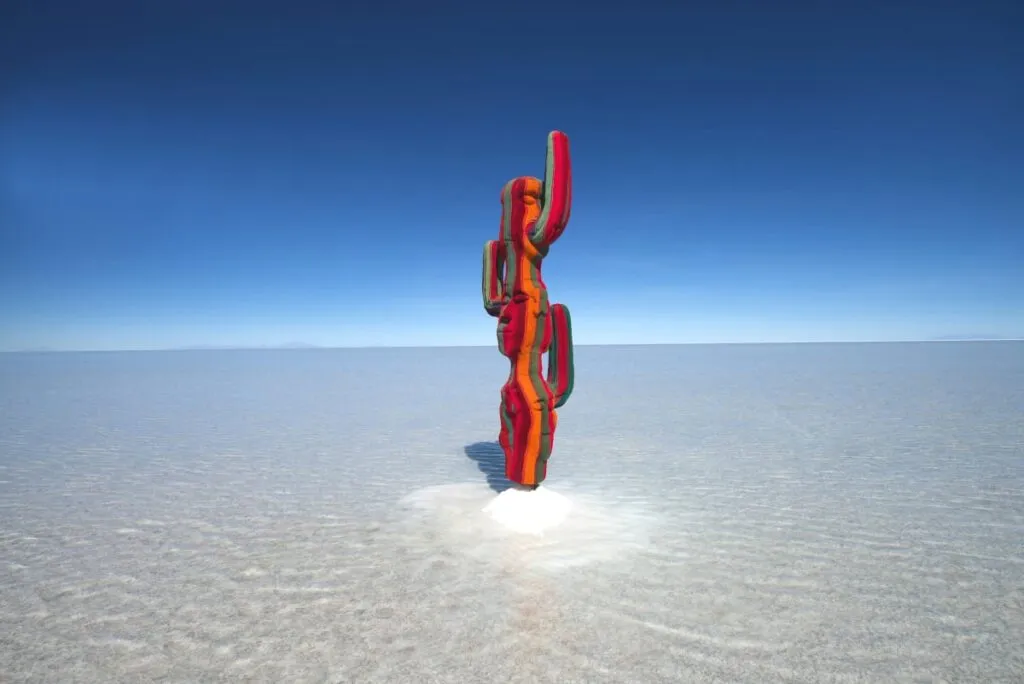
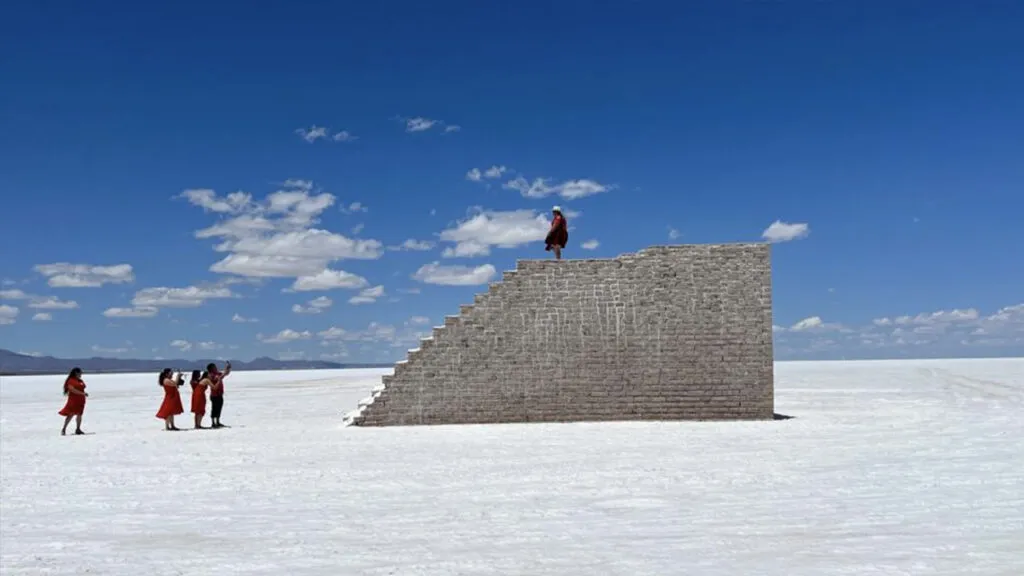
An Outdoor Gallery: the Salar de Uyuni
Ugalde’s photographs, prints and installations have been exhibited across Latin America, Europe and North America, and are held in both private collections and public institutions.
Yet his most iconic works were made not in museums or studios, but in the white vastness of Bolivia’s Salar de Uyuni, the largest salt flat on earth. This surreal setting became his outdoor gallery, a blank canvas for experimentation and contemplation.
Among his most iconic installations is the Stairway to Nowhere, a sculptural staircase built from blocks of salt, rising abruptly from the flats and leading into the sky. It still stands today, weathered by the elements but remarkably intact. For Ugalde, it was both absurd gesture and spiritual metaphor: a monument to ascent without destination.
Other works, now archived in photographs and film, involved arranging mirrored panels geometrically to reflect the sky and crust in perfect symmetry, and laying out vast spreads of handwoven fabric across the Salar, creating a floating textile mosaic that billowed with the wind. He staged scenes that looked like hallucinations, calling it a form of honda contemplación – deep contemplation.
“I thought maybe I could experiment with colour theory through photography,” he said. “In these deserts, the heat expresses colour differently than anywhere else on the planet.”
Today, travellers to the Salar de Uyuni in the dry season can visit many of the sites where his installations were once staged, including Isla Incahuasi and the flanks of the Tunupa volcano – now being mapped by the Gaston Ugalde Foundation as part of a wider effort to document and protect what remains.
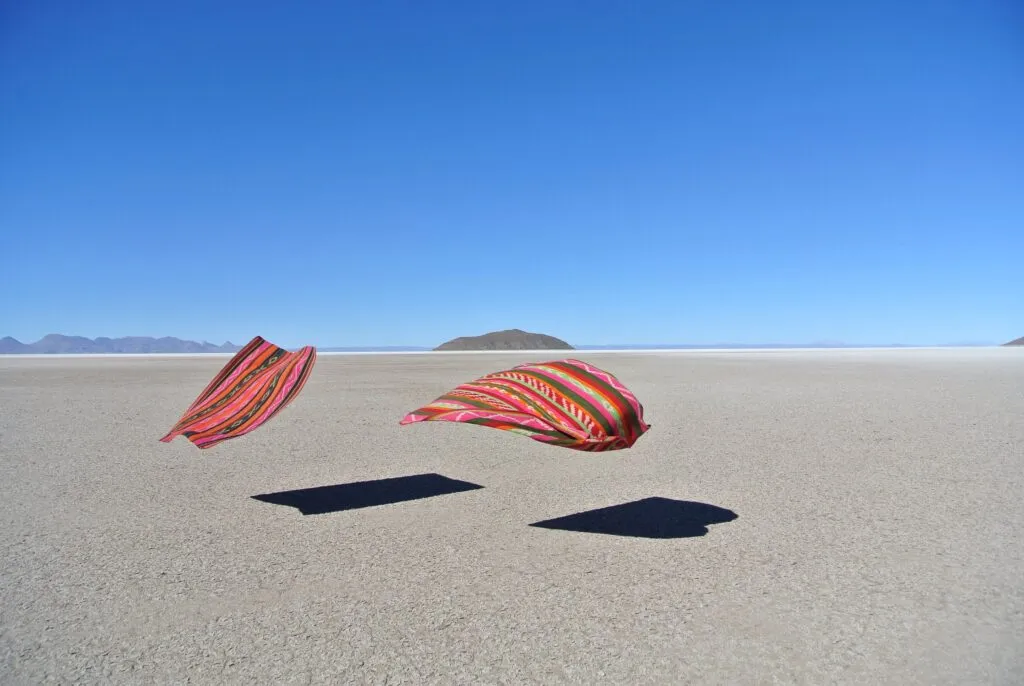
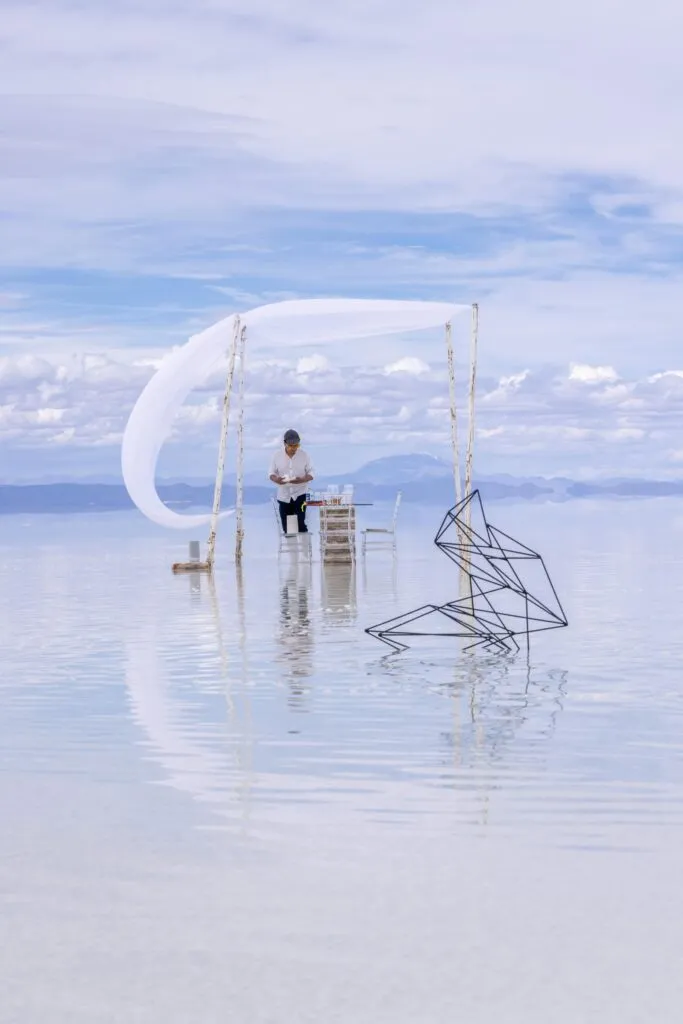
Building a Legacy: The Gaston Ugalde Foundation
Helmed by his daughter Canela, the Gaston Ugalde Foundation is embarking on an ambitious project to preserve and build on his legacy. At the centre of their vision is Casa Gastón, a retreat and museum at the base of the Tunupa volcano, on land Gastón chose himself.
Designed by the artist before his death, it will be part retreat, part pilgrimage site, and part creative laboratory – a place where artists, travellers and thinkers can engage with the salt flats not just as a backdrop, but as a collaborator. The structure itself will be built from compressed salt and volcanic stone, aligned with the cardinal points, designed to absorb the shifting light of the Altiplano.
Three further retreat-residencies are planned, each one located in Bolivia’s most scenic locations. “It’s a project that will mark a before and after in Bolivian tourism,” says Canela.
Alongside these physical spaces, the Foundation is developing a digital catalogue raisonné, curating pop-up exhibitions across Latin America, and offering fellowships to artists and researchers working with the themes Ugalde returned to time and again: land, identity, memory, resistance.
Discovering Ugalde’s Bolivia
Through our partnership with the Gastón Ugalde Foundation, travellers to Bolivia can engage with his legacy in ways that remain true to his original intent: immersive, transitory, and rooted in place.
We can design bespoke journeys for Ugalde lovers to follow the arc of his life and work across the country: private road trips across the Altiplano and into the Atacama; stops at galleries and institutions where key pieces are held; privileged access to the places where his most iconic installations were conceived.
One particularly remarkable experience takes place in the Salar de Uyuni. On a former installation site, a mirrored table is laid with contemporary Bolivian design and set for a private lunch prepared by one of the country’s leading chefs, a series of giant mirrored spheres installed across the landscape nearby. As the light sharpens across the flats, the experience unfolds. Dancers move between sculptures and guests, accompanied by a soundscape composed in dialogue with the terrain and to Ugalde’s archive.
The entire event is conceived to be ephemeral: assembled, performed and removed without a trace. This is not a reconstruction or a commemoration, but a living work that follows the logic of Ugalde’s own practice.
